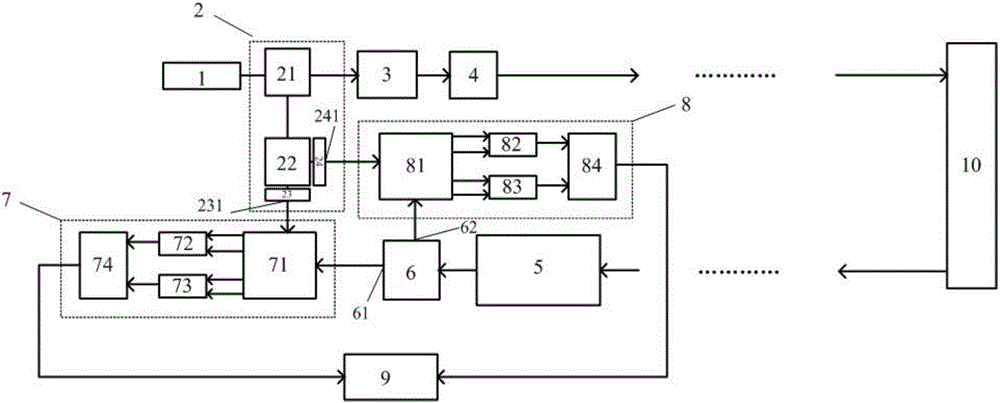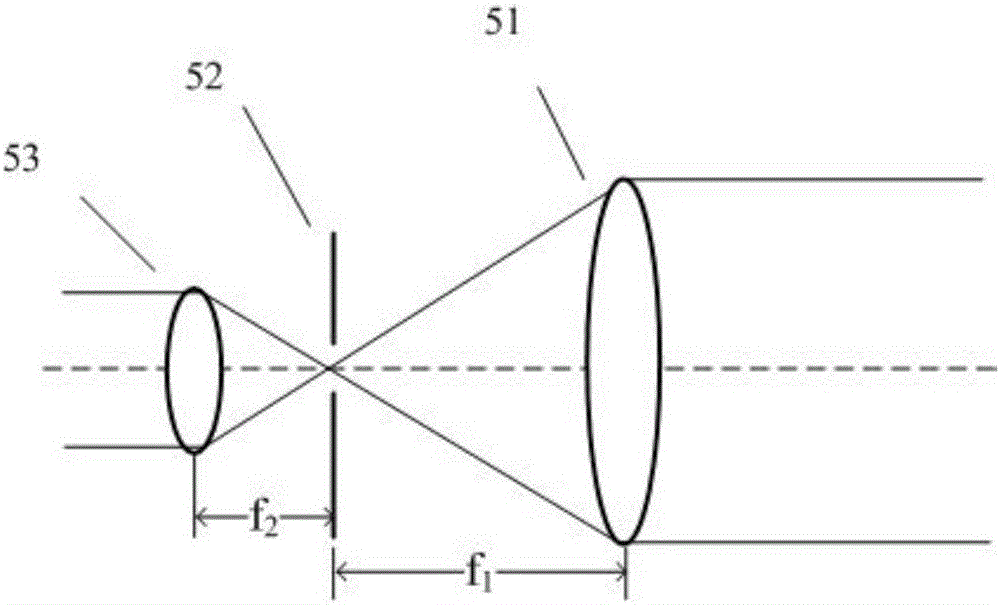Laser active coherence balancing detection polarization analyzer
A technology of balanced detection and polarization analysis, applied in instruments, measurement devices, radio wave measurement systems, etc., can solve problems such as inability to meet measurement requirements, and achieve the effects of wide range of action, strong detection ability, and high signal-to-noise ratio.
- Summary
- Abstract
- Description
- Claims
- Application Information
AI Technical Summary
Problems solved by technology
Method used
Image
Examples
Embodiment Construction
[0024] The present invention will be described in further detail below with reference to the accompanying drawings and embodiments, but the protection scope of the present invention should not be limited by this.
[0025] see first figure 1 , figure 1 This is the structural principle block diagram of the laser active coherent balance detection polarization analyzer of the present invention. It can be seen from the figure that the present invention is a laser active coherent balance detection polarization analyzer based on a 90° 2×4 spatial optical bridge, which consists of a laser 1, a local oscillator optical splitting module 2, a polarization state generating module 3, an optical transmitting antenna 4, The echo receiving optical antenna 5 , the echo polarization beam splitting prism 6 , the horizontal vibration processing module 7 , the vertical vibration processing module 8 and the data processor 9 .
[0026] The main optical axis of the laser output of the laser 1 is th...
PUM
 Login to View More
Login to View More Abstract
Description
Claims
Application Information
 Login to View More
Login to View More - Generate Ideas
- Intellectual Property
- Life Sciences
- Materials
- Tech Scout
- Unparalleled Data Quality
- Higher Quality Content
- 60% Fewer Hallucinations
Browse by: Latest US Patents, China's latest patents, Technical Efficacy Thesaurus, Application Domain, Technology Topic, Popular Technical Reports.
© 2025 PatSnap. All rights reserved.Legal|Privacy policy|Modern Slavery Act Transparency Statement|Sitemap|About US| Contact US: help@patsnap.com



